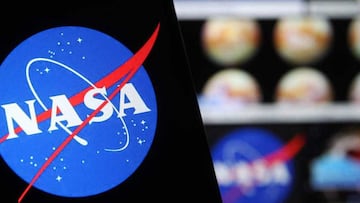LATEST NEWS
What is the lunar time zone on the Moon? How is it different to ET & PT?
The White House has directed NASA to develop a unified lunar time standard by the end of 2026.

With all this news about the Solar Eclipse, I’m here to give the Moon some love: the White House has directed NASA to develop a unified lunar time standard by the end of 2026. But there’s a problem.
Known as Coordinated Lunar Time, or LTC, the new time zone would provide a time-keeping reference point for both lunar spacecraft and satellites that all require hugely vital levels of precision for missions.
“As NASA, private companies and space agencies around the world launch missions to the Moon, Mars and beyond, it’s important that we establish celestial time standards for safety and accuracy,” Steve Welby, OSTP deputy director for national security, said in a statement.
What will the LTC be compared to Earth?
We don’t know yet just how the LTC will work compared to Earth as scientists are still trying to work out the issues of putting a time zone to the Moon’s position and orbit.
“The same clock that we have on Earth would move at a different rate on the Moon,” Kevin Coggins, NASA’s space communications and navigation chief, said in an interview.

Does time flow the same on the Moon as it does on Earth?
No. Einstein’s theory of general relativity showed us that clocks tick slower in stronger gravitational fields (think Interstellar), that means clocks on the Moon will run faster than their equivalents on Earth.
The Moon’s surface gravity is one-sixth of Earth’s, meaning that Moon clocks will gain around 56 millionths of a second per day.
Bernhard Hufenbach, a member of the Moonlight Management Team from ESA’s Directorate of Human and Robotic Exploration, said that this fact of reality “will be quite a challenge on a planetary surface where in the equatorial region each day is 29.5 days long, including freezing fortnight-long lunar nights, with the whole of Earth just a small blue circle in the dark sky”.
Added to the complications is the fact that the exact rate of time depends on the clock’s position on the Moon, as clock tick along at a different speed on the lunar surface than when they are in orbit. NASA’s Artemis programme is set to take a team of astronauts to the Moon in the coming years for the first time since Apollo 17 in December 1972.






